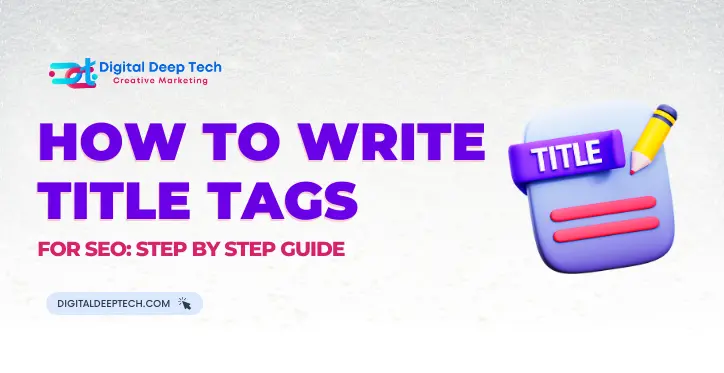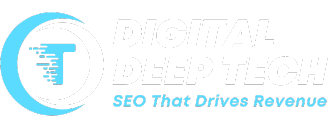The Ultimate SEO Blog for Business Growth
Let’s dive into the SEO ocean to explore the latest insights, proven methods, guides, and tips on SEO. This SEO blog series covers all on-page, off-page, and technical SEO, as well as other digital marketing topics that help with your business growth. Our experience and expertise help improve your website’s authority, visibility, and business presence. Let’s boost website traffic and rankings together!
Latest Blogs
A Step-by-Step International Keyword Research Strategy for
A Step-by-Step International Keyword Research Strategy for Global Success Struggling to rank in new...
SEO for Coaches: Proven Tactics to Drive Clients to Your
SEO for Coaches: Proven Tactics to Drive Clients to Your Coaching Business This post explains proven...
Why Search Engine Optimization Is the Long Game You Can’t
Why Search Engine Optimization Is the Long Game You Can’t Afford to Ignore The myth of quick SEO...
Boost Your E-commerce Growth with Reseller Hosting Solutions
Boost Your E-commerce Growth with Reseller Hosting Solutions Reseller hosting helps eCommerce store...
Cost-Efficient Dedicated Hosting Without Compromising Speed
Cost-Efficient Dedicated Hosting Without Compromising Speed This blog explains how affordable...
AI in Website Optimization: Automating SEO Tasks for
AI in Website Optimization: Automating SEO Tasks for Better Performance Let’s dive into how to...
How to Calculate Keyword Difficulty? A Step-by-Step Guide
How to Calculate Keyword Difficulty? A Step-by-Step Guide Keyword research plays a crucial role in...
How to Use Header Tags for SEO: A Complete Guide
How to Use Header Tags for SEO: A Complete Guide The proper content structure of a page or blog...
Beginner’s Guide to WordPress SEO for Higher Google
Beginner’s Guide to WordPress SEO for Higher Google Rankings According to a Netcraft report, by...
The Best WordPress Hosting Providers for Beginners and
The Best SEO-Friendly WordPress Hosting Providers for Beginners and Experts In today’s time...
How to Write Meta Descriptions for Higher Click Rates
How to Write Meta Descriptions for Higher Click Rates Table of the content Introduction Why Meta...
how to Write Title Tags for SEO? A Step-by-Step Guide
How to Write Title Tags for SEO: Step by Step Guide Table of the content Introduction 1. Why Title...
No post found
















